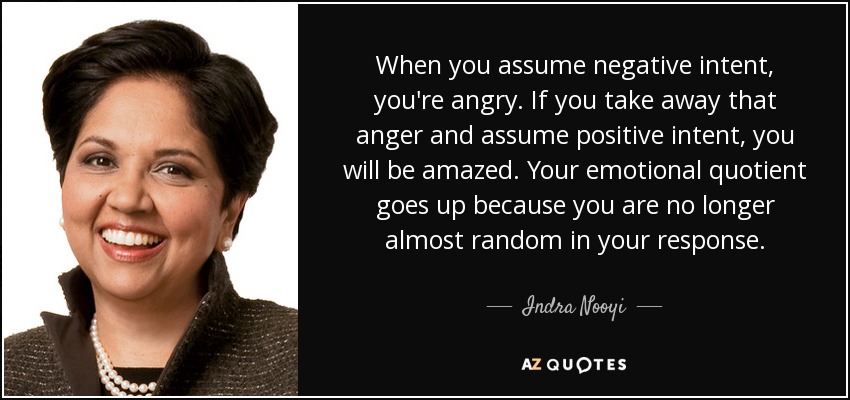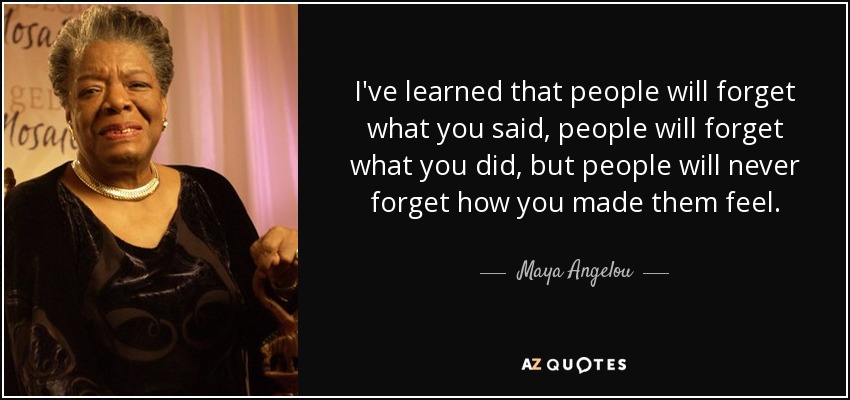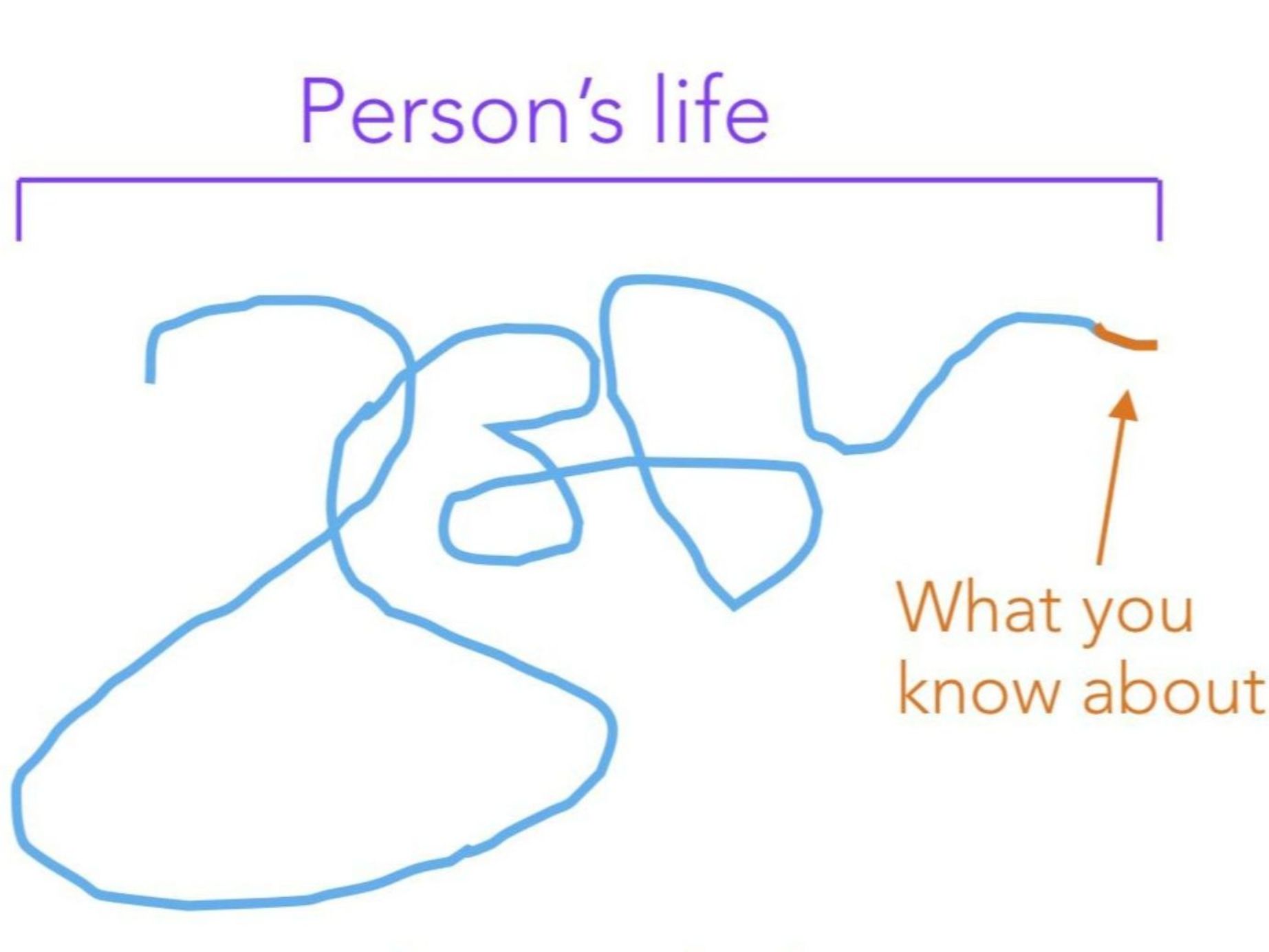
Recently, a team member gave a piece of feedback that, as the saying goes, “went over like a lead balloon.” They were in a public forum and were talking about whether or not a scope was a change order and things got heated. At one point they started raising voices and the contractor’s PM made a frustrated comment. The Owner’s PM took it personally and it really damaged trust between the two people. This interaction and our subsequent work to heal the communication inspired me to write about a key source of conflict that comes up within project teams, at the office, and at home! The lack of alignment between “intent” and “impact.”
Intent vs. Impact – Definitions
Intent is the original plan that you had in your head. The motivation or purpose behind our actions or conversations.
Impact is what you achieve. The result of what we do or say or how our actions are perceived by others.
The objective is to align the intent (your original plan) with the impact (the result that occurs).

Internal vs. External
To really understand how intent versus impact works, start by recognizing the dynamics.
Intent is internal – your intentions are personal and are shaped by how you want to be seen and perceived by others.
Impact is external – it is shaped by the individual insights, experiences, biases and beliefs of others who receive what you say. You can have one intent, but the impacts of your words can be interpreted 100 different ways by 100 different people… it is not one-size-fits-all.
Good Intentions vs. Harmful impact
If you have kids of your own or interact with young people, you get to observe them navigate intentions and impact all the time! A few examples of when people have had great intentions with not-so-great outcomes.
My daughter wanted to help me make coffee in the morning. She climbs up on the counter and accidentally knocks a mug that I had received as a gift off the counter, breaking it. Her intent was to be helpful, not to break something and cause frustration for Dad.
You praise a colleague for dressing up for an event. They perceive it as a subtle dig at their typical work wardrobe.
Your boss gives feedback on a presentation given by a team member. The team member gets defensive and argumentative. Later you check in with them to find out they took your boss’s feedback as condescending.
The Importance of your State
As leaders we need to remember what a profound impact our demeanor has on how our intentions are perceived. Each thing we say and do is amplified by our teams. We can be as pure as the driven snow in our hearts, but what may be more impactful is how we behave. Remember Maya Angelou’s quote “I’ve learned that people will forget what you said, people will forget what you did, but people will never forget how you made them feel.”

When we have a positive demeanor and outlook, our team members will more likely feel connected. In youth sports, coaches are taught to “connect before you correct.” This connection helps criticism and feedback land in a positive way. In that environment you are much more likely get the behavior changes you are seeking.
Alternatively, when leaders have a negative demeanor, or consistently have low energy, the team tends to be less cohesive. They will begin to assume that all communication is criticism or negative feedback. On the rare occasion, people will hold this type of leader in a high esteem, so you can get high performance through pursuit of excellence, but more times than not, negativity results in reduced effort and people distancing themselves from work product because it will never be “good enough” anyway.
Aligning Intentions and Impact
Earlier I shared an experience where two team members got sideways during a progress meeting/negotiation.
How did we help this team?
It started with a follow-up between the two parties. We needed them to align “intention” and “impact,” so they could each learn more about how they were contributing to a dynamic that was negatively impacting the team.
In the smaller meeting, we had some key objectives:
- Invest Time: On projects, we tend to vote with our feet. In other words, you can typically tell what is most important on a project for the team based on how much they talk and meet on an issue. In this case, we needed to build some rapport and trust. We started by reviewing each other’s DISC Assessments, and I also asked candid questions so we could learn more about how each of them arrived at this project. Establishing commonalities and common ground is essential to building a functional relationship.
- Apologize (if you agree it will be helpful): Each of them offered an apology. A real one. None of this lame, “I’m sorry if I offended anyone” nonsense, but instead a proper apology. Now, I’m not a big fan of forcing anyone over the age of 10 to apologize for anything. I believe people need to choose to do it.
- Understand Perspectives: We dug into the conflict to figure out what was the root cause. It turned out they were both carrying a great deal of financial stress from their organizations, which was taking a toll. They were both responsible for money, but everything was landing on their desk. Further, the project was under schedule pressure, and both of them had recent family drama that was impacting their sleep and testing their nerves.

What was amazing was how quickly these team members were able to turn things around. By refocusing on “intentions” (to deliver on the project goals as one team) and the “impact” of their negative perceptions and assumptions on each other and the rest of the team, they committed to making a change. What is exciting is that the change has worked.
So, the next time you are giving feedback or attending a family dinner, think about your intentions and how your communication is received. If you can align them closely, you will avoid unnecessary drama and heartburn.
-Rob
Rob Reaugh is President of OrgMetrics LLC. He facilitates the City and County of San Francisco Collaborative Partnering Steering Committee and currently works with San Francisco International Airport, San Jose International Airport, BART, Caltrans, and others. He holds a Masters’ Degree in Alternative Dispute Resolution.
For more information please contact Rob Reaugh, RobReaugh@Orgmet.com / (925) 487-2404 (cell), or OrgMetrics, (925) 449-8300.


 Rob Reaugh is President of OrgMetrics LLC. He facilitates the City and County of San Francisco Collaborative Partnering Steering Committee and currently works with San Francisco International Airport, San Jose International Airport, BART, Caltrans, and others. He holds a Masters’ Degree in Alternative Dispute Resolution.
Rob Reaugh is President of OrgMetrics LLC. He facilitates the City and County of San Francisco Collaborative Partnering Steering Committee and currently works with San Francisco International Airport, San Jose International Airport, BART, Caltrans, and others. He holds a Masters’ Degree in Alternative Dispute Resolution.